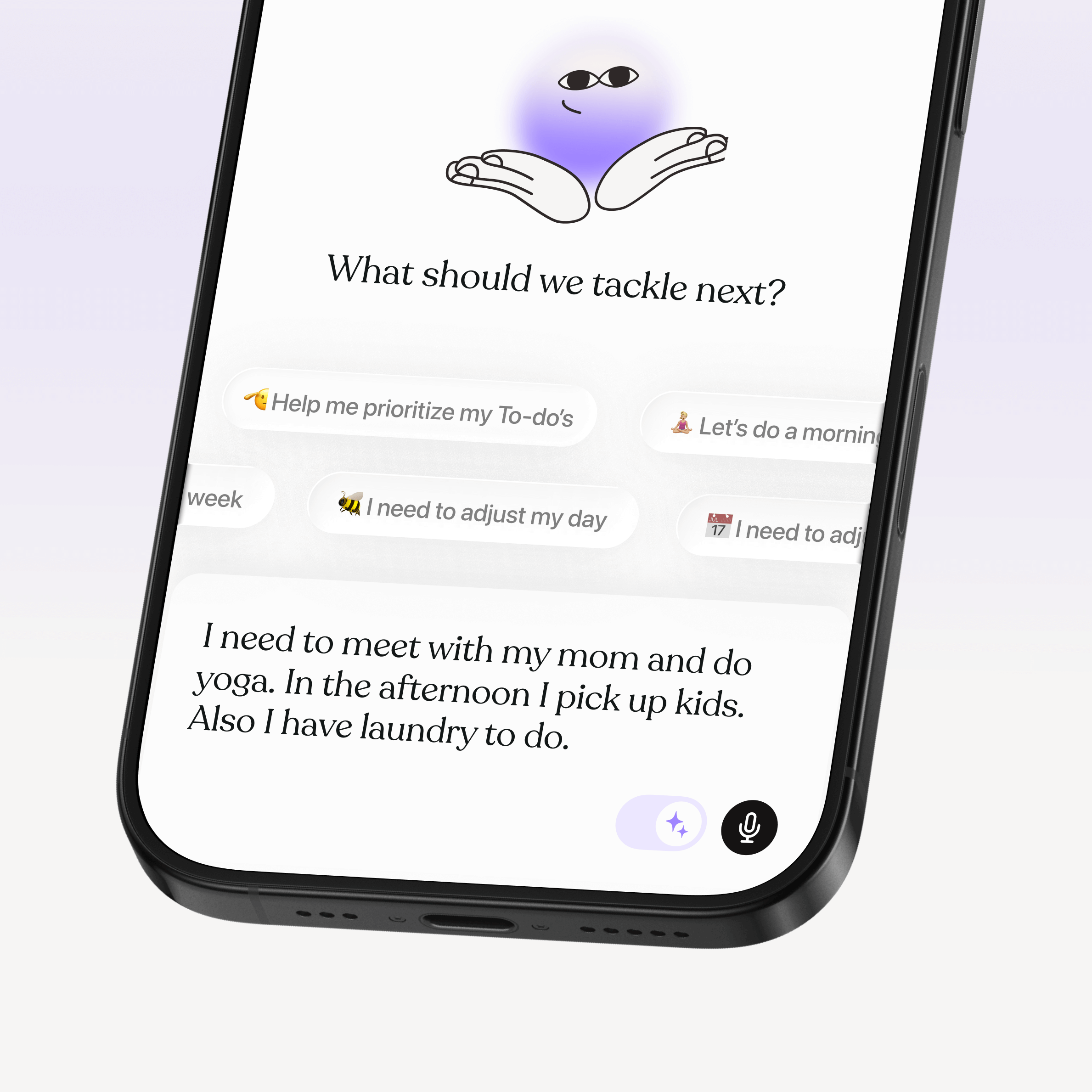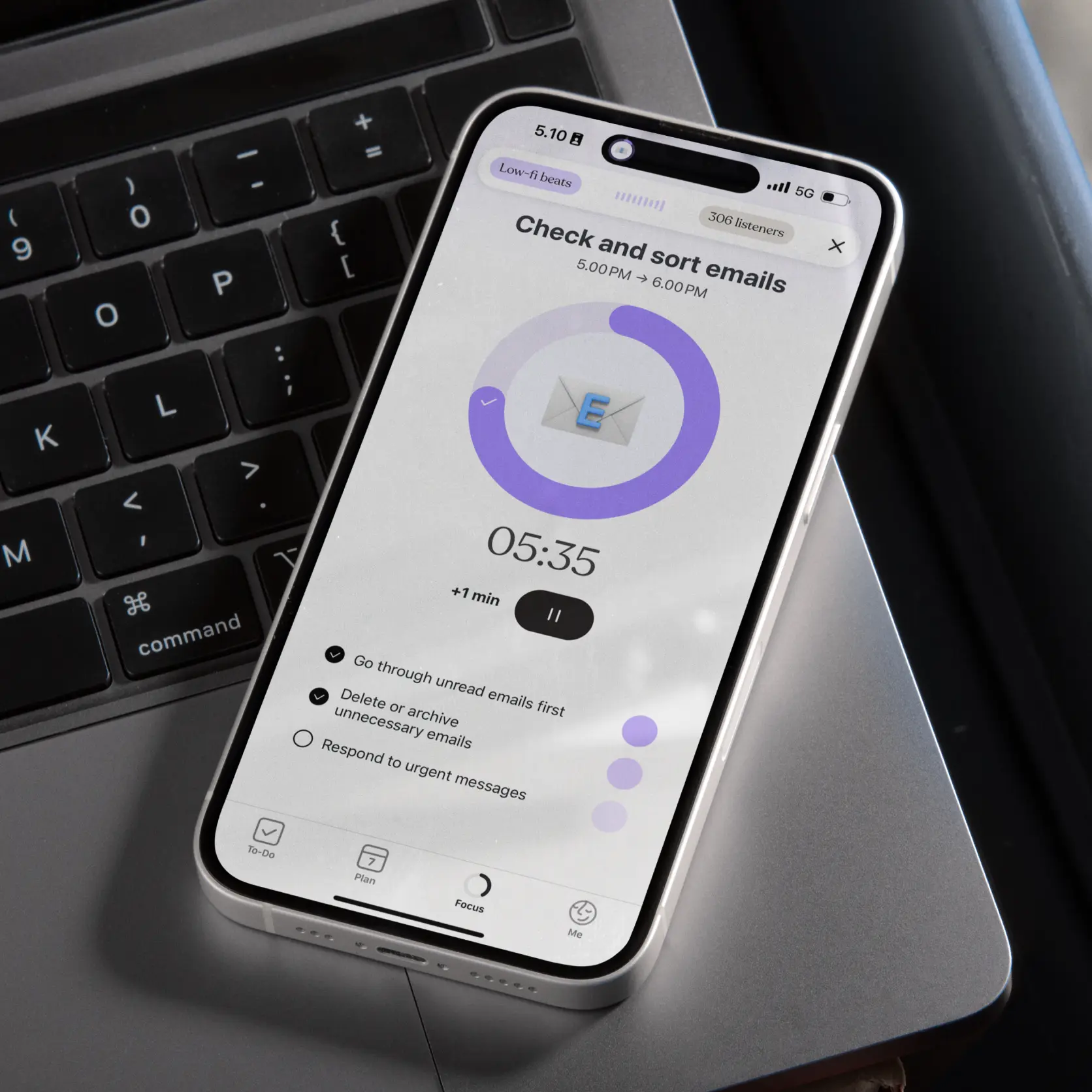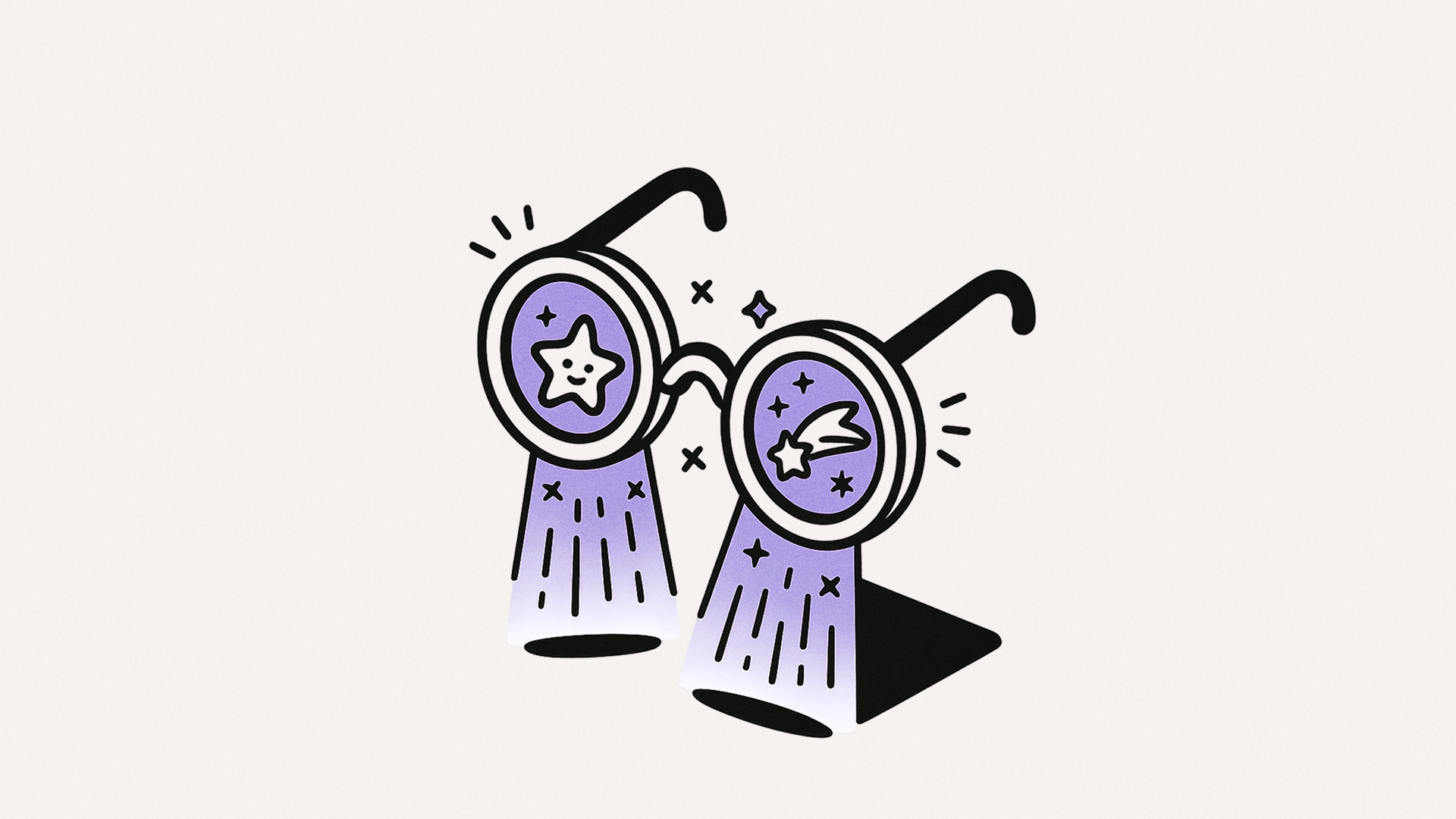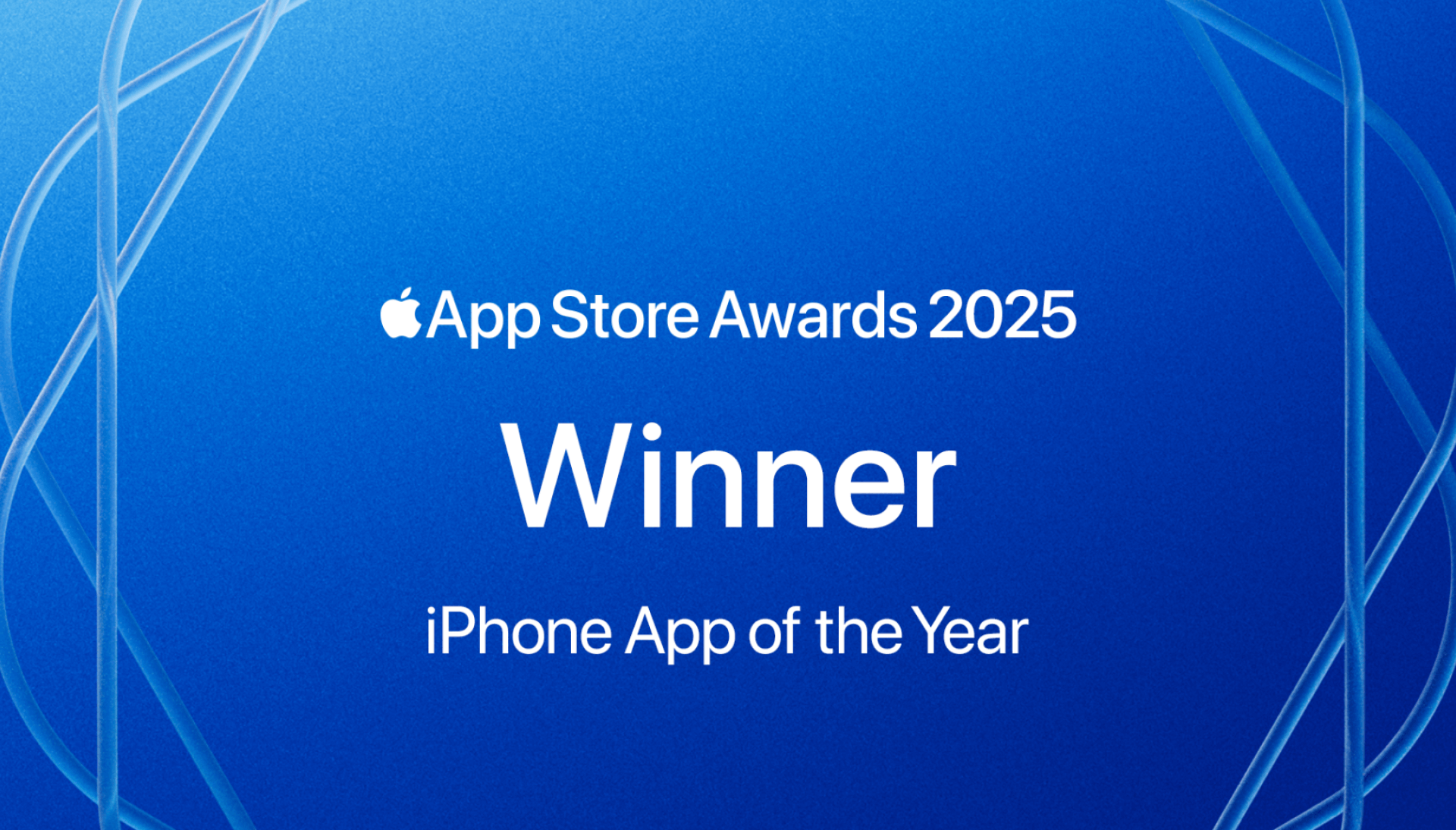Summary
- Introduction
- Organize your daily to-do list
- Body doubling
- Change the way you think of task execution
- Mix up your routine
- Limit distractions
- Prioritize your tasks (using Eisenhower Matrix)
- Practice mindfulness
- Plan ahead
- Create healthy boundaries
Introduction
ADHD affects numerous adults, presenting challenges in focusing, getting organized, and completing tasks at work. Despite these hurdles, finding effective management strategies can significantly improve productivity and job satisfaction. This article delves into practical approaches to navigate the workplace successfully with ADHD. For more job related insights, see our article on some of the great jobs for people with adhd.
1. Organize Your Daily To-Do List
For anyone juggling the whirlwind of ADHD, mastering the art of a well-structured to-do list isn't just about keeping track of tasks—it's a lifeline to clarity, focus, and a sense of calm in the chaos. Imagine transforming your daily work into a series of victories, no matter how small, simply by rethinking how you list them. Here's how to turn your to-do list into your secret weapon against overwhelm and procrastination.
Start by breaking down those big, daunting tasks into smaller, bite-sized pieces. This isn't just about making tasks seem more manageable—though it certainly does that—it's about tricking your brain into getting started. And we all know that's half the battle won. For instance, instead of writing down "finish project," list out each step involved like "outline project goals," "gather necessary resources," and "draft first section." This approach not only makes starting less intimidating but also gives you the quick wins and dopamine boosts needed to keep momentum.
Next up, let's talk about prioritization. Not all tasks are created equal, and when everything feels urgent, nothing truly is. Prioritizing tasks based on urgency and importance helps you focus on what needs your attention now versus what can wait. Use a simple system like the Eisenhower Matrix to categorize tasks into "do now," "schedule," "delegate," and "delete." This method brings clarity to your chaos, ensuring you're not just busy, but productive.
Remember, your to-do list is more than a set of tasks; it's a reflection of your day's potential. By crafting your list with intention, breaking tasks into smaller steps, and prioritizing with care, you're not just organizing your work; you're setting the stage for a day where ADHD doesn't drive you, but you navigate through ADHD with confidence and calm. Embrace these tips to craft an effective to-do list, and watch how it transforms your workday from overwhelming to utterly manageable, one checked box at a time. You can create a to-list the classic way with a simple pen and paper or if you'd find it easier to manage digitally (perhaps you have many to do lists), tring a daily planner app like Tiimo is worth a shot.
2. Body Doubling
Body doubling, a simple yet incredibly effective strategy, involves working alongside someone else to enhance your focus and skyrocket your productivity, especially beneficial for adults navigating the challenges of ADHD. This concept taps into the power of shared energy and accountability, making it easier to stay on task and push through work that might otherwise feel daunting when tackled alone.
Here’s how you can bring this practice into your work life, making each day more productive and less overwhelming. First, identify a coworker who understands your goals and is willing to be your body double. This doesn’t mean they need to do your work with you, but rather, their presence provides a gentle nudge of accountability, keeping you anchored to your tasks. Explain to them how body doubling helps you, and discuss ways you can mutually benefit from this arrangement, perhaps by doubling for each other.
In today’s digital age, body doubling can easily extend beyond the physical workspace. Virtual platforms offer a fantastic way to connect with body doubles from anywhere in the world. Tools like video calls or dedicated work-focus apps can simulate the experience of working side-by-side, allowing you to share your goals and updates as if you were in the same room. This can be particularly helpful for remote workers or freelancers who might not have immediate access to a physical coworker but still crave the structure and companionship that body doubling provides.
When setting up a body doubling session, whether in person or virtually, make it a point to outline what you both aim to achieve in that time. Setting specific goals not only gives you a clear focus but also makes the session more rewarding as you tick off tasks together. Remember, the success of body doubling lies in mutual respect and understanding — ensure you’re both in agreement about how to approach the work session, including when it’s okay to chat and when it’s time to hunker down and work in silence.
Embracing body doubling as part of your work routine can transform your approach to tasks that feel overwhelming or monotonous. It’s about leveraging the presence of another to fortify your own concentration and perseverance, turning the solitary endeavor of work into a shared journey. Whether you’re in an office setting or working remotely, body doubling can be a game-changer for enhancing your productivity and making your workday feel more connected and supported.
3. Change the way you think of task execution
Transforming your approach to work tasks from feeling like a series of endless "have to's" to a collection of engaging "want to's" can revolutionize your work experience, especially for individuals with ADHD. This shift in mindset, though subtle in concept, can lead to profound changes in how you perceive your daily responsibilities, making them feel less like burdens and more like opportunities for growth, learning, and even enjoyment.
The key to this transformation lies in psychological reframing, a technique that allows you to change your perspective on tasks by altering your internal narrative. For someone with ADHD, this can mean turning a mundane task into a challenge that sparks interest or viewing a complex project as an opportunity to harness your unique strengths and creativity.
Here’s how you can start this shift:
Identify Your Motivations: Begin by understanding what motivates you. Is it the satisfaction of completing a task, the process of learning something new, or the opportunity to showcase your skills? Recognizing these motivators can help you connect more deeply with your work.
Break Down Tasks: Large, overwhelming tasks can dampen your motivation. By breaking them into smaller, more manageable parts, each component becomes an achievable "want to" goal. This not only makes the task seem less daunting but also provides multiple opportunities for small victories, keeping your motivation high.
Find the Why: For every task you approach, try to find a personal reason why it’s important or beneficial to you. This could be as straightforward as the sense of achievement you’ll feel upon completion or as nuanced as using the task to learn a new skill that interests you. Connecting tasks to your personal values or goals can transform them into experiences you look forward to.
Visualize Success: Before starting a task, take a moment to visualize completing it successfully. This mental image can create a positive association with the task and increase your eagerness to start working on it. Visualization not only primes you for success but also makes the task more appealing.
Reward Yourself: Incorporate rewards into your workflow. After completing a task you initially didn’t want to do, reward yourself with something enjoyable. This positive reinforcement can gradually help shift your mindset, associating work tasks with the pleasure of earning rewards.
Change Your Language: The words you use have power over your perception. Instead of saying, "I have to finish this report," try, "I get to complete this report and demonstrate my knowledge." This subtle language shift can make a significant difference in how you feel about the tasks ahead.
Adopting a "want to" mindset is particularly empowering for individuals with ADHD, who might struggle with motivation and engagement. By reframing how you view and approach your work, you can uncover a sense of joy and motivation that makes your tasks not only more manageable but also more fulfilling. This change won’t happen overnight, but with consistent practice, you can transform your work experience into one that plays to your strengths and brings you satisfaction.
4. Mix up your routine
Injecting variety into your workday is like opening a window in a stuffy room—it refreshes your mind, rejuvenates your spirit, and sharpens your focus, especially crucial for individuals with ADHD who may find maintaining interest and concentration over extended periods particularly challenging. Embracing changes in your environment or routine can dramatically transform the monotony of daily tasks into a more engaging and stimulating experience.
Here’s how to weave variety into your work life and why it’s so effective:
Alternate Your Work Environments: If your situation allows, switch up your work setting throughout the week. This could mean working from a coffee shop on Mondays, a library on Wednesdays, or even just moving to a different room in your home. Each environment offers unique stimuli that can reignite your focus and creativity. The novelty of a new setting can trigger your brain to be more alert, making it easier to dive into tasks with renewed vigor.
Introduce Auditory Stimuli: The power of sound can have a profound impact on your ability to concentrate. Experiment with different types of auditory stimuli to find what best helps you zone in on your work. For some, it might be the gentle lull of ambient sounds, like rain or a bustling café, that masks distracting noises. For others, music, whether it be classical, jazz, or lo-fi beats, can set a rhythm to work by, pacing your tasks and keeping your brain engaged. Apps and websites offering curated playlists or ambient soundscapes can be invaluable tools in your quest for focused productivity.
Change Your Work Playlist: Regularly update your listening choices to avoid auditory fatigue. Just as your body adapts to the same physical workout over time, your brain can become too accustomed to a repetitive auditory background, reducing its effectiveness. Fresh tunes or sounds can keep your sensory experience engaging, helping sustain concentration.
Vary Your Work Tasks: Structure your day so that you're not doing the same type of work for too long. Alternate between tasks that require intense focus and those that are more mundane or creative. This variation keeps your brain engaged by continually shifting gears, preventing boredom and fostering a dynamic workday.
Take Active Breaks: Incorporate short, active breaks to reset your focus. A quick walk, a brief yoga session, or even some stretching can increase blood flow to your brain and reduce feelings of restlessness or fatigue. These breaks are also perfect moments to step into a different space, even briefly, providing a physical change of scenery that complements the mental shift.
Rearrange Your Workspace: Sometimes, the simplest way to introduce variety is to change your immediate surroundings. Rearrange your desk, add some new decorations, or adjust your lighting. Small changes can make your workspace feel fresh and inspiring.
For adults with ADHD, the infusion of variety into the workday is not just a nicety—it's a necessity. It leverages the brain's natural inclination for novelty, turning potential distractions into tools for enhanced focus and productivity. This approach capitalizes on the unique strengths and preferences of individuals with ADHD, allowing them to harness their creativity and energy in ways that traditional work environments often overlook. By embracing a variety of stimuli, tasks, and settings, adults with ADHD can create a workday that keeps them engaged, motivated, and ultimately more successful.
5. Limit distractions
Navigating the minefield of workplace distractions can feel like an uphill battle, especially when you're trying to lock in on your tasks and deliver your best work. But here's the thing: with a few strategic moves and a bit of organization, you can transform your workspace into a focus-friendly zone, where distractions lose their power, and productivity takes center stage. Let's dive into some hands-on strategies designed to shield you from the chaos and keep you cruising through your to-do list with the focus of a laser.
First off, consider the game-changing magic of noise-cancelling headphones. These aren't just gadgets; they're your personal guardians against the symphony of distractions that can derail your focus in seconds. Whether it's the chatter from the next cubicle, the relentless hum of office machinery, or even the sporadic sounds of construction from the street below, noise-cancelling headphones help mute the external world, allowing you to create a bubble of concentration around you. Pop on some calming tunes or the gentle murmur of white noise, and watch as your focus sharpens and your productivity soars.
But your battle against distractions doesn't stop at sound. Take a look around your workspace—does it look like a bomb went off, with papers everywhere and odds and ends scattered across every surface? Clutter is more than just an eyesore; it's a focus-killer, subtly pulling your attention away from the task at hand. The solution? Get your Marie Kondo on and organize your workspace. Invest in storage solutions that keep your essentials within reach but out of sight, maintain a clean and clear work surface, and designate specific spots for everything from documents to digital devices. This doesn't just minimize visual distractions; it streamlines your work process, making it easier to dive into your tasks without the mental clutter holding you back.
Here's where you can take it up a notch: personalize your distraction-minimization strategy. Identify what commonly pulls your attention away from work—is it your phone buzzing with non-stop notifications, the allure of social media, or maybe the habit of constantly checking your email? Once you pinpoint these distraction triggers, you can tackle them head-on. Set specific times to check your email or social media, turn off non-essential notifications on your phone, or even use apps designed to block distracting websites during work hours. It's all about creating a personalized defense strategy that guards your focus against the specific distractions that threaten it.
Remember, minimizing workplace distractions isn't just about removing annoyances; it's about reclaiming your time, energy, and mental space so you can focus on what truly matters. By employing these strategies—embracing noise-cancelling technology, decluttering your workspace, and tailoring your approach to tackle personal distraction triggers—you're not just staying on task; you're setting yourself up for a day of unparalleled productivity and satisfaction. So, take the reins, customize your strategy, and watch as your workday transforms into a model of efficiency and focus.









